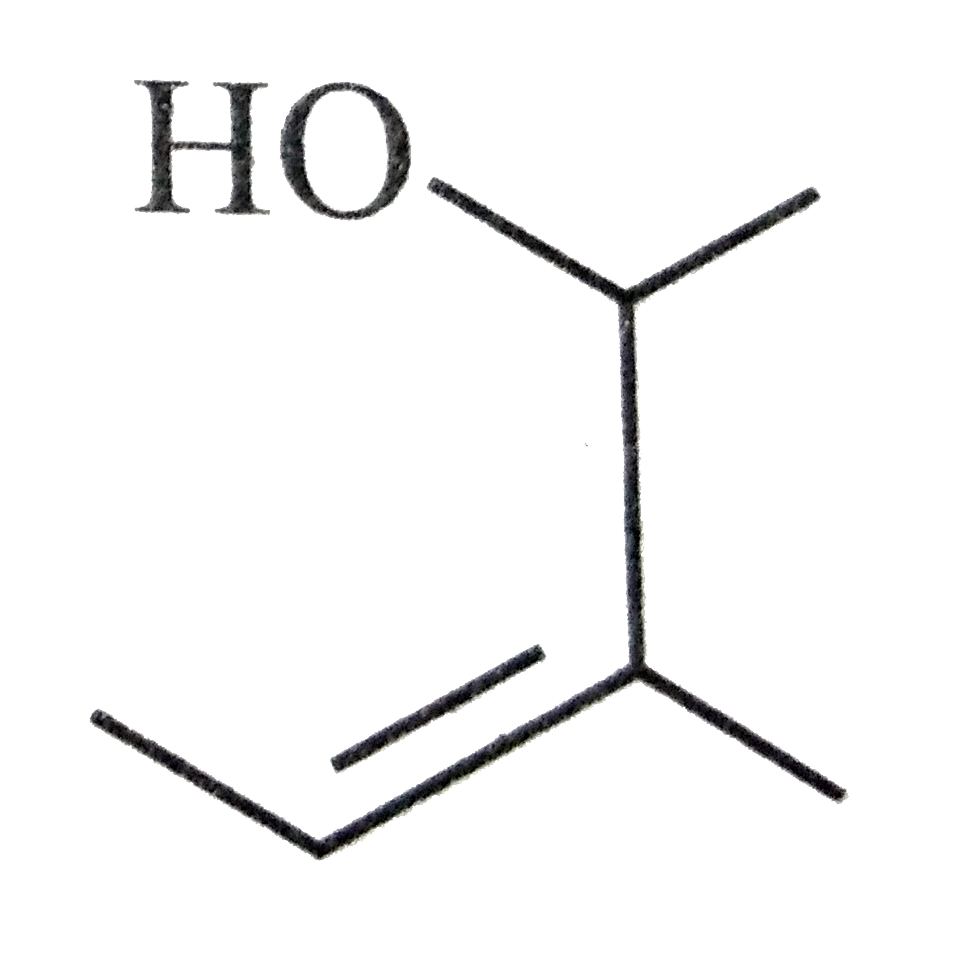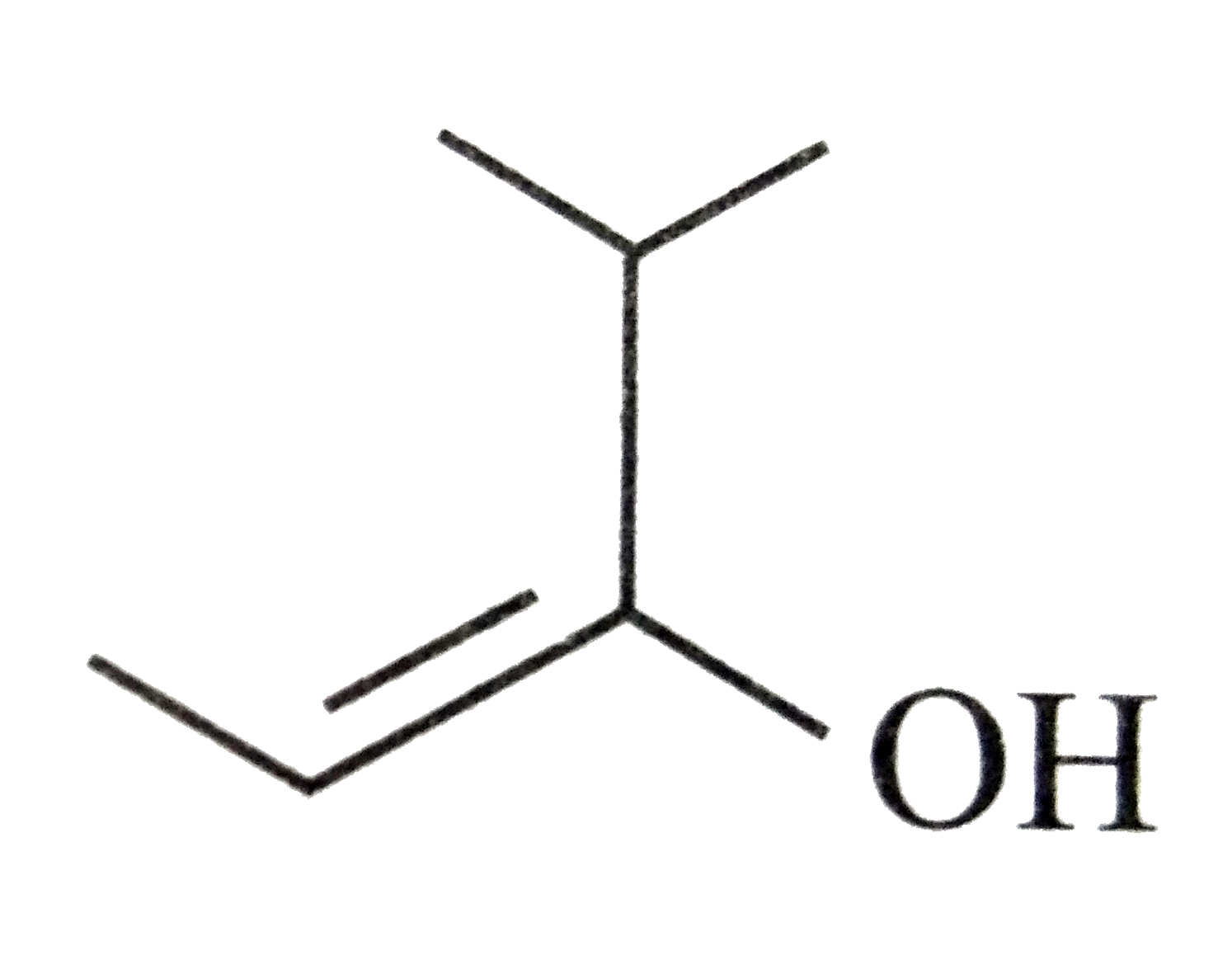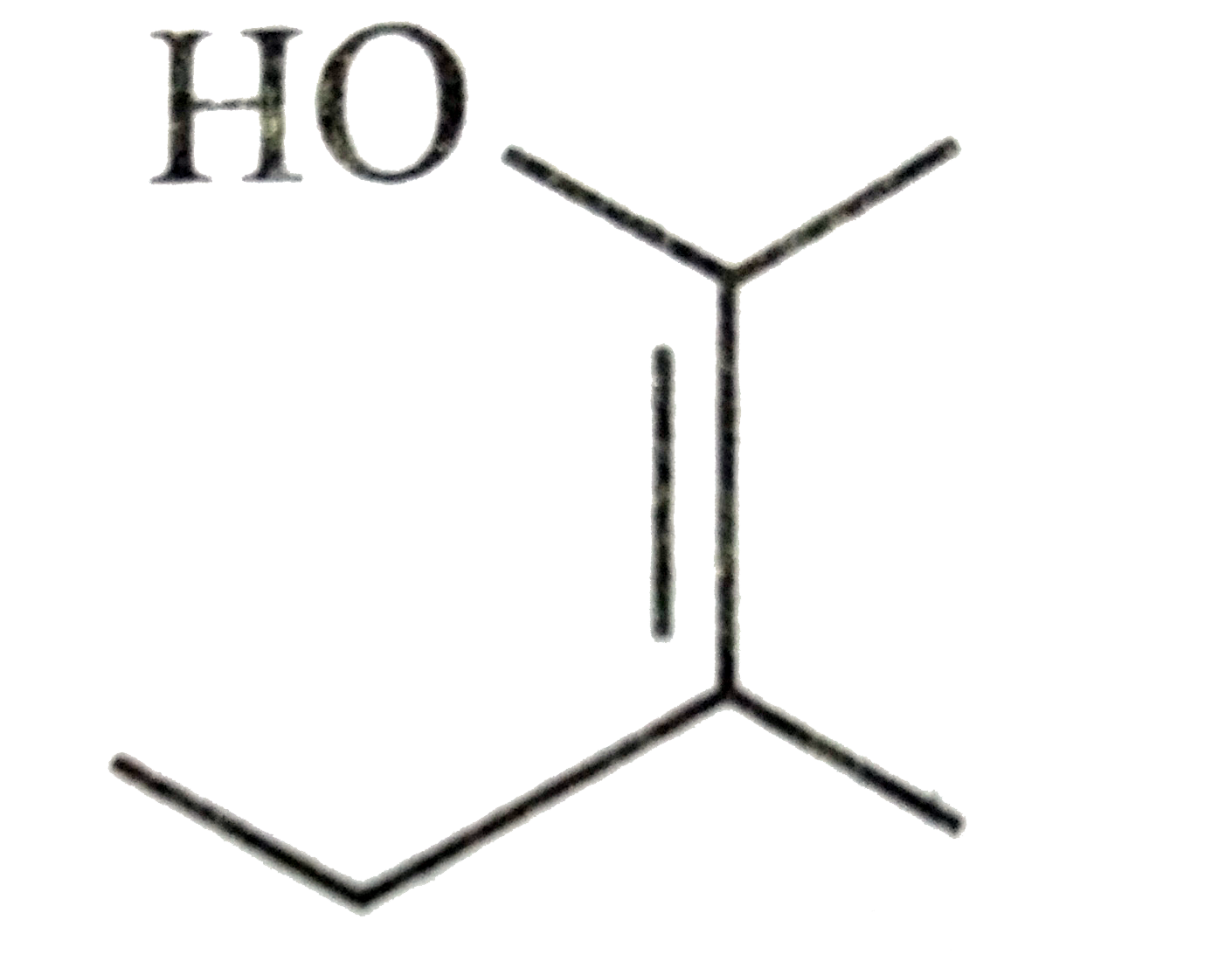i. Predict the more stable alkene of each pair.
I. a. 2− Methyl− pent −2− ene
b. 2,3−Dimethyl− but−2−eneΔH∘C
II. c. Hexane d. cis− Hex−3−ene
III.e. trans− Hex−2−ene f. 2−Methyl− pent−2−ene
IV.g. cis− Hex −3−ene b. trans − Hex−3− ene
To predict the more stable alkene from each pair, we will analyze the stability based on the number of alpha hydrogens and steric effects. The stability of alkenes increases with the number of alpha hydrogens and decreases with steric hindrance.
1. Count the alpha hydrogens:
- For 2-Methylpent-2-ene:
- The structure has 3 alpha hydrogen atoms on one side and 3 on the other side, totaling 6 alpha hydrogens.
- For 2,3-Dimethylbut-2-ene:
- The structure has 3 alpha hydrogens on one side and 3 on the other side, plus 3 from the other methyl group, totaling 12 alpha hydrogens.
2. Conclusion:
- Since 2,3-Dimethylbut-2-ene has more alpha hydrogens, it is more stable than 2-Methylpent-2-ene.
II. Pair 2:
- c. Hexane
- d. cis-Hex-3-ene
1. Count the alpha hydrogens:
- For Hexane:
- The structure has 2 alpha hydrogens on each end, totaling 12 alpha hydrogens.
- For cis-Hex-3-ene:
- The structure has 2 alpha hydrogens on each end and 2 on the double bond side, totaling 8 alpha hydrogens.
2. Conclusion:
- Hexane is more stable than cis-Hex-3-ene due to a higher number of alpha hydrogens.
III. Pair 3:
- e. trans-Hex-2-ene
- f. 2-Methylpent-2-ene
1. Count the alpha hydrogens:
- For trans-Hex-2-ene:
- The structure has 3 alpha hydrogens on one side and 3 on the other side, totaling 6 alpha hydrogens.
- For 2-Methylpent-2-ene:
- As calculated previously, it has 6 alpha hydrogens.
2. Conclusion:
- Both alkenes have the same number of alpha hydrogens. However, trans-Hex-2-ene is more stable due to less steric hindrance compared to 2-Methylpent-2-ene.
IV. Pair 4:
- g. cis-Hex-3-ene
- h. trans-Hex-3-ene
1. Count the alpha hydrogens:
- For cis-Hex-3-ene:
- The structure has 2 alpha hydrogens on each end, totaling 8 alpha hydrogens.
- For trans-Hex-3-ene:
- The structure has the same number of alpha hydrogens, totaling 8 alpha hydrogens.
2. Conclusion:
- Both alkenes have the same number of alpha hydrogens, but trans-Hex-3-ene is more stable due to reduced steric hindrance compared to cis-Hex-3-ene.
Summary of Stability Predictions:
1. b. 2,3-Dimethylbut-2-ene is more stable than a. 2-Methylpent-2-ene.
2. c. Hexane is more stable than d. cis-Hex-3-ene.
3. e. trans-Hex-2-ene is more stable than f. 2-Methylpent-2-ene.
4. h. trans-Hex-3-ene is more stable than g. cis-Hex-3-ene.
- For 2-Methylpent-2-ene:
- The structure has 3 alpha hydrogen atoms on one side and 3 on the other side, totaling 6 alpha hydrogens.
- For 2,3-Dimethylbut-2-ene:
- The structure has 3 alpha hydrogens on one side and 3 on the other side, plus 3 from the other methyl group, totaling 12 alpha hydrogens.
- Since 2,3-Dimethylbut-2-ene has more alpha hydrogens, it is more stable than 2-Methylpent-2-ene.
- c. Hexane
- d. cis-Hex-3-ene
- For Hexane:
- The structure has 2 alpha hydrogens on each end, totaling 12 alpha hydrogens.
- For cis-Hex-3-ene:
- The structure has 2 alpha hydrogens on each end and 2 on the double bond side, totaling 8 alpha hydrogens.
- Hexane is more stable than cis-Hex-3-ene due to a higher number of alpha hydrogens.
- e. trans-Hex-2-ene
- f. 2-Methylpent-2-ene
- For trans-Hex-2-ene:
- The structure has 3 alpha hydrogens on one side and 3 on the other side, totaling 6 alpha hydrogens.
- For 2-Methylpent-2-ene:
- As calculated previously, it has 6 alpha hydrogens.
- Both alkenes have the same number of alpha hydrogens. However, trans-Hex-2-ene is more stable due to less steric hindrance compared to 2-Methylpent-2-ene.
- g. cis-Hex-3-ene
- h. trans-Hex-3-ene
- For cis-Hex-3-ene:
- The structure has 2 alpha hydrogens on each end, totaling 8 alpha hydrogens.
- For trans-Hex-3-ene:
- The structure has the same number of alpha hydrogens, totaling 8 alpha hydrogens.
- Both alkenes have the same number of alpha hydrogens, but trans-Hex-3-ene is more stable due to reduced steric hindrance compared to cis-Hex-3-ene.
1. b. 2,3-Dimethylbut-2-ene is more stable than a. 2-Methylpent-2-ene.
2. c. Hexane is more stable than d. cis-Hex-3-ene.
3. e. trans-Hex-2-ene is more stable than f. 2-Methylpent-2-ene.
4. h. trans-Hex-3-ene is more stable than g. cis-Hex-3-ene.
Topper's Solved these Questions
- ALKENES AND ALKADIENESBOOK - CENGAGE CHEMISTRY ENGLISHCHAPTER - ALKENES AND ALKADIENESEXERCISE - SOLVED Example
62 Videos
- ALKENES AND ALKADIENESBOOK - CENGAGE CHEMISTRY ENGLISHCHAPTER - ALKENES AND ALKADIENESEXERCISE - EXERCISES
29 Videos
- ALKANES AND CYCLOALKANESBOOK - CENGAGE CHEMISTRY ENGLISHCHAPTER - ALKANES AND CYCLOALKANESEXERCISE - Archives
13 Videos
- ALKYNESBOOK - CENGAGE CHEMISTRY ENGLISHCHAPTER - ALKYNESEXERCISE - Exercises (Archives - Analytical and Desriptive Type)
4 Videos
Similar Questions
Knowledge Check
Correct representation of 3-methylpent-3-en-2-ol is
A B
B C
C D
D
Which one of the following compounds on dehalogenation gives, 2,3 - dimethyl - but - 2 - ene ?
View SolutionDraw the structure of 4-methylpent-3-en-2-one
View SolutionDraw the structure of 4-methylpent-3-en-2-one
View SolutionDraw the structure of 4-methylpent-3-en-2-one
View SolutionWhich of the following compounds shows geometrical isomerism (G.I.)?
a. But−2− ene
b. 3− Methyl but −2−enoic acid
c. 3− Methyl pent −2− enoic acid
d. 3− Phenyl prop −2− enoic acid.
View SolutionWhat will happen when Br2/CCl4 react with (a) cis But-2-ene (b) trans But-2-ene.
View SolutionDraw the structural formula of hex-2-en-4-ynoic acid.
View Solution
